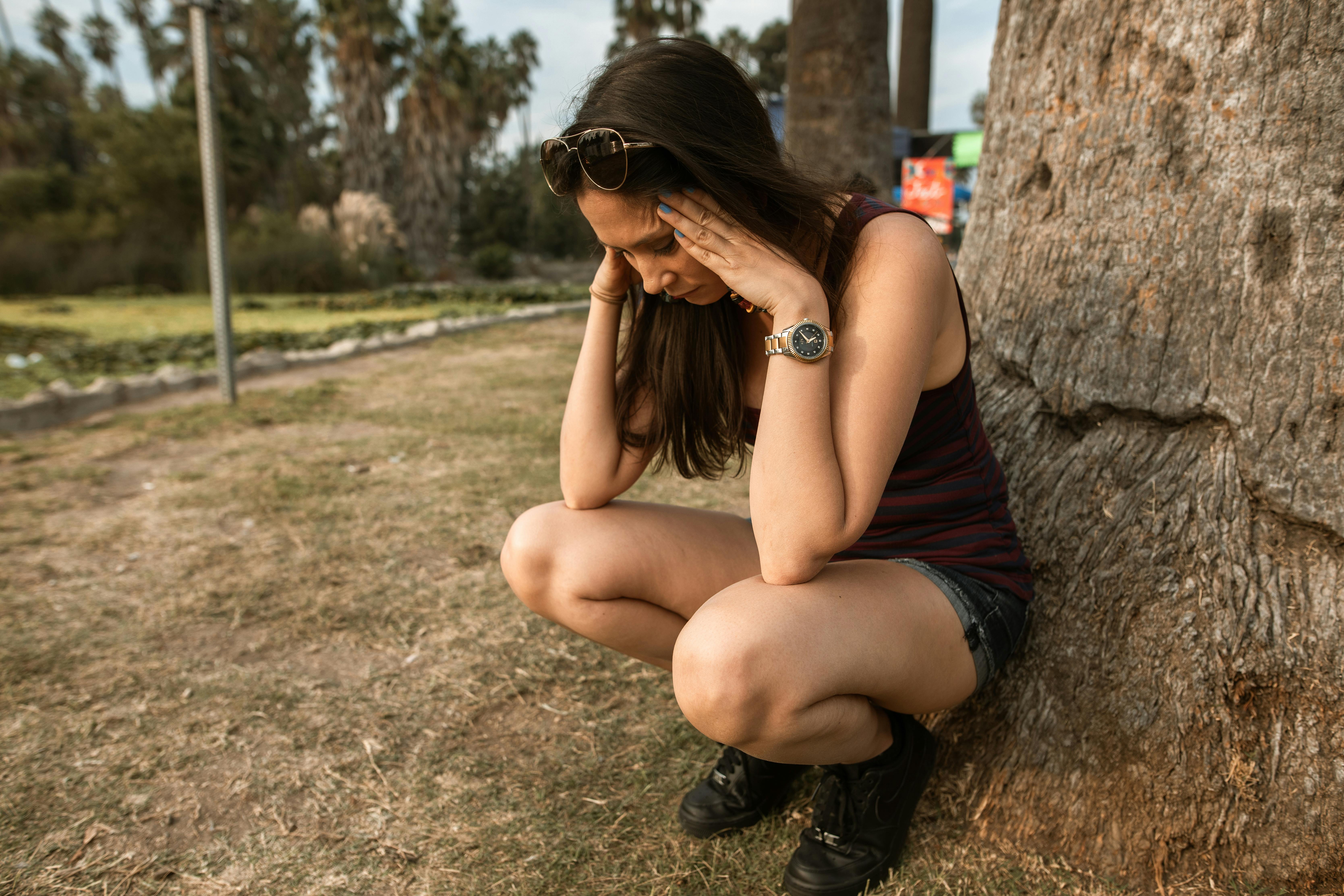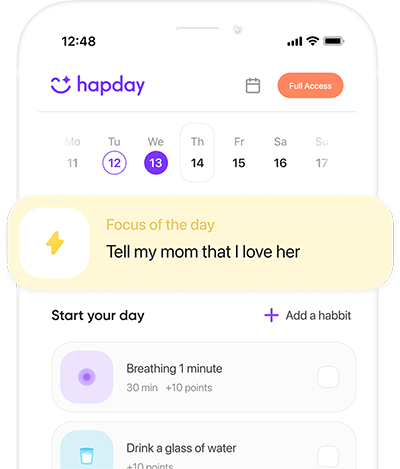Table of Contents
- Understanding PTSD
- Self-Help Strategies for PTSD Recovery
- Professional Assistance
- Implementing Self-Help Strategies
- Final Thoughts on PTSD Recovery
- References
Ever had life throw something at you that just… sticks around? That’s kinda what happens with PTSD. You’ve seen—or heaven forbid, lived through—a traumatic event, and it just haunts you. The thing is, research (shout-out to the American Psychiatric Association) tells us anyone can get knocked off balance by this, but women—oh boy, they actually face it twice as often as men. And if you’re Gen Z or a Millennial, brace yourself: your cohort’s seen the numbers rise. Tune into some tried-and-true survival strategies because understanding and facing our demons, figurative ones in this case, is key.
Understanding PTSD
Let’s talk hard truths: about 3.6% of American adults wrestle with PTSD every year. What’s more alarming is that around 37% of those cases are pretty severe. Symptoms? They range from those pesky intrusive memories to a whole mix of avoidance tactics and emotional ups and downs. Now, I once read somewhere—in The Guardian, I think—how misunderstood PTSD can be. It’s a stubborn beast, so understanding what’s going wrong upstairs is step number one.
Self-Help Strategies for PTSD Recovery
So, what’s in the toolbox for handling PTSD? Well, we’ve got a collection of nifty self-help strategies at our disposal. They’re all about empowering and taking the reins back for your life. Let’s dive in—but not too fast, okay?
1. Mindfulness and Meditation
Ever tried sitting still with your thoughts? Mindfulness and meditation are pretty transformative when it comes to wrestling PTSD. A study in the Journal of Traumatic Stress puts mindfulness interventions on the podium for symptom relief. Living in the moment isn’t just for yogis—it’s a stress-reduction weapon.
- Practice Tip: Start off easy with a few minute-long meditations daily. Apps like Headspace—or was it Calm?—can guide you without making your brain fizz.
2. Physical Activity
Who knew sweat could do more than just stink up gym clothes? Regular exercise is magic for the mind. When you start moving, endorphins—the feel-good dudes—begin to flood in, which can ease anxiety. The Journal of Clinical Psychiatry even noted decreased PTSD symptom severity with regular workouts.
- Activity Suggestions: Whether it’s yoga for that mind-body zen or just a brisk walk, pick what you enjoy. It’s about making the heart race—not in the anxiety-inducing way.
3. Structured Routine
Ever wish life came with an instruction manual? While we don’t get that, structuring your day helps. A routine can give you predictability—and who doesn’t need a bit of that? Seriously, a study from the Journal of Anxiety Disorders agrees: routines calm the chaos.
- Tips: Baby steps matter. Set small tasks at first, and watch your days form a steady rhythm. It’s like jazz, but with less improvisation.
4. Journaling
Grab a notebook and a pen—time to spill those thoughts, unfiltered and raw. Journaling acts like a pressure valve, letting out steam from built-up stress. A piece in the Journal of Aggression, Maltreatment & Trauma showed how expression on paper can seriously take the edge off.
- How to Start: Forget perfection. Just write what’s on your mind. Aim for some time every day, letting your words bridge the gap between chaos and calm.
5. Social Support
Life’s too short to go it alone. The importance of community—whether it’s friends, family, or support groups—cannot be overstated. According to the American Journal of Psychiatry, a strong network keeps that PTSD monster at bay.
- Building Support: Dive into a local or online group. Trust me, there’s a tribe out there waiting with open arms. Family and friends? Lean on them too.
Professional Assistance
It’s not a betrayal of strength to say you need help. Sometimes, a pro like a CBT therapist or an EMDR practitioner provides the compass you need. Combining expert guidance with your self-help efforts can steer you faster toward the light at the end of the tunnel—or however folks metaphorically describe it these days.
Implementing Self-Help Strategies
So, where to begin? Well, tools in hand, start small. Consistency will eventually become your ally. Maybe jotting down progress can help pinpoint what’s working—apps today offer all kinds of ways to track that journey.
1. Set Realistic Goals
What’s that old saying? Rome wasn’t built in a day. Start with tiny, attainable steps. Celebrate every single triumph—no matter its size. You’ve earned it.
2. Practice Patience
Remember, scrambling up a steep hill takes time. Healing isn’t a sprint; it’s more like a marathon… with hurdles. Be patient and take it easy on yourself. You’ve got this.
3. Personalize Your Approach
Your experience, your pace. Experiment with different strategies and forge a path that suits your rhythm. You’re the captain here.
Final Thoughts on PTSD Recovery
When all’s said and done, it’s your journey back to yourself. By weaving mindfulness, exercise, structure… and every other trick you’ve picked up, into daily life, you can seize back control. Trust that with the right support (and the help of platforms like Hapday), brighter days are on the horizon.
In the end, remember that seeking professional help isn’t just okay—it’s necessary for a comprehensive healing process. Wear your scars with pride; they tell a story of survival and strength.
Need help on your PTSD recovery journey? Download Hapday to connect with supportive resources and track your progress!
References
- American Psychiatric Association. (2020). Diagnostic and Statistical Manual of Mental Disorders (5th ed.).
- Journal of Traumatic Stress. (2017). “Mindfulness-Based Interventions for PTSD: A Systematic Review and Meta-Analysis.”
- Journal of Clinical Psychiatry. (2015). “Physical Activity and PTSD: An Overview of the Literature.”
- Journal of Anxiety Disorders. (2016). “Routine Activity Theory: A Review and Future Directions.”
- American Journal of Psychiatry. (2018). “The Influence of Social Support on PTSD: Examining the Role of Social Support in Recovery.”
Sometimes, reaching out is the hardest step. Let these resources be your guiding light.

